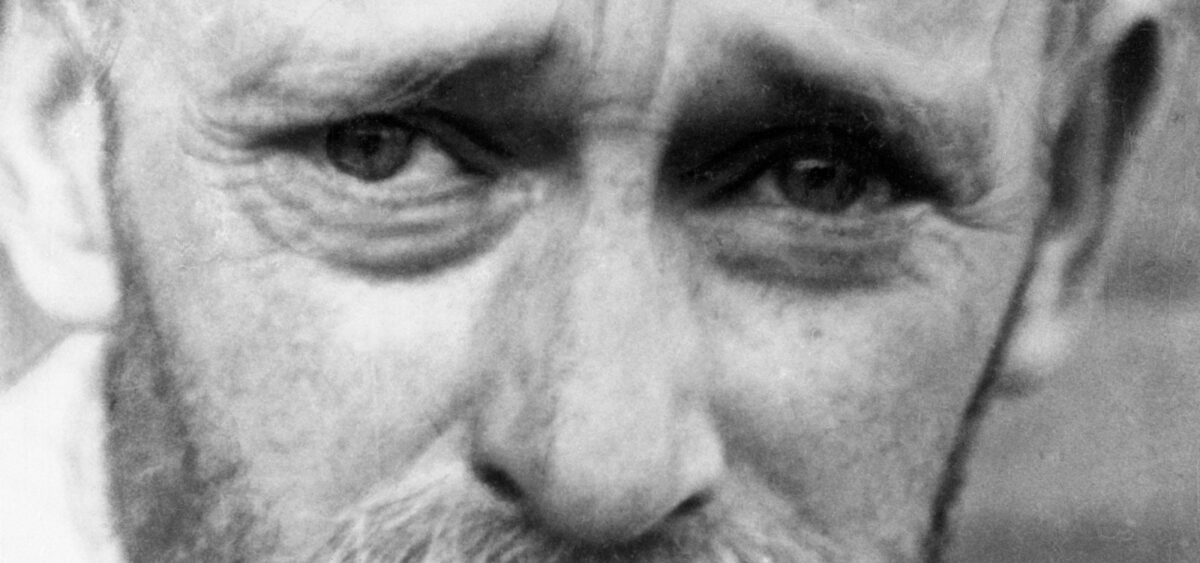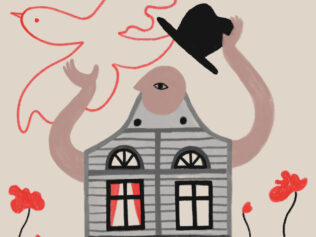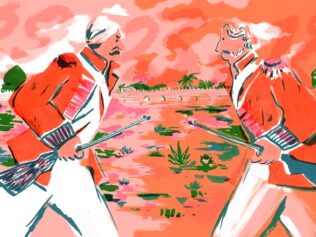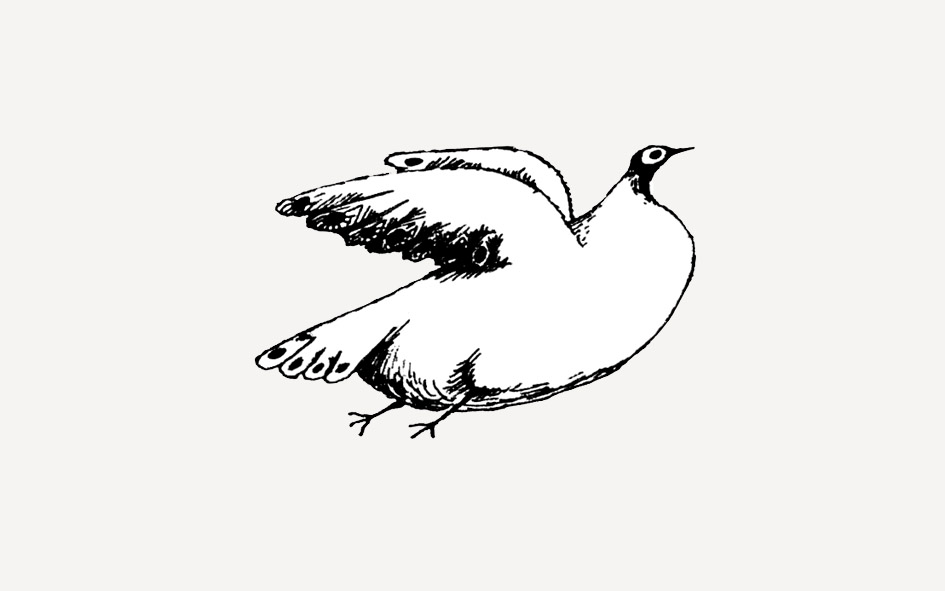
Although he never visited the country, the children’s author and pedagogue Janusz Korczak dreamed of India and thought of it often. He said it was holy. Amid the hell of war, he staged an Indian play with the children in his care about a sick boy waiting trustingly for his final days.
Spring 1942, shortly after the end of Pesach. The Warsaw ghetto has existed for about a year and a half, and over four hundred thousand Jews are living within its walls, in a restricted area resembling a labyrinth. Among them are many orphaned Jewish children placed in care facilities. One of these institutions is led by pediatrician Henryk Goldszmit, commonly known as Janusz Korczak. Before the war, he authored a number of books for children and adults, founded the newspaper Mały Przegląd [Little Review], and presented a radio program that aired until the war began in September 1939.
After more than two years living under German occupation, experiencing imprisonment, hunger, and the constant anxiety of responsibility for two hundred children in addition to his colleagues, Korczak described one of his dreams while preparing material for the weekly newspaper for orphanage residents:
I lay down for a while and fell asleep again. And once again I’m riding, swimming, or running, or floating on wings… This time the trip takes longer. I am in a very distant country somewhere, completely unlike those lands that I have known. I am on some sort of wide road. I can see the sea. It’s very hot. Strangely dressed people are walking and riding in two-horse carts and on elephants. Yes, elephants. I think to myself: “What country is this?”
“India.” Yes, India. A very distant country, a hot, old, ancient country. Some call it an uncivilized country, while others say that it is not uncivilized at all, just completely different, thus it seems strange to us.
A beautiful old man with a large gray beard, kind eyes, and an intelligent brow was approaching me. I felt that I knew him, that I’d seen him before. But of course: it was Rabindranath Tagore, the great Indian poet and philosopher. I had seen his photograph many times in his books and various publications. And then, as often happens in dreams, things became strange. Rabindranath Tagore invited me into his school.
“You have a school, too,” he said. “In your school, my student, Miss Esterka, is also a teacher. She is, isn’t she?”
“She is.”
“That’s good. If it’s not too much trouble, I’ll give you a small book for her. A post office has just been built in our town. It’s a lovely new building. So I wrote about the post office for my boys, and if Miss Esterka wants, your boys could perform it too. I’ll come and see you for the show.”
“That’s impossible,” I said.
He smiled gently and replied: “You won’t see me, but I will be with you. Anyway, ask the yogis.”
I awoke again. A few days later, a package arrived from Copenhagen with cheese, sausage, and marmalade, and Miss Esterka put on [Tagore’s play] The Post Office during Pesach.
In Search of God
It is hard to know when Korczak’s fascination with India began. Suffice it to say that he was a deeply religious man, who was not devoted to one faith in particular but open to various inspirations. Since childhood, faith had played a large, though not always positive, role in his life. At just a few years old, he realized (or in fact, was brutally made aware by another child) that he was Jewish, and as such, that he had no right to place a cross on the grave of his dead, “Jewish” canary. “I am also a Jew, but he is a Polish Catholic. He is in heaven, and I––if I didn’t say vulgar words and obediently brought him sugar stolen from home––would go after death to somewhere that was not hell, but it was dark there. And I feared the dark room. Death. Jew. Hell. A black Jewish heaven. There was a lot to weigh up.”
This childhood incident did not, however, hamper Korczak’s religious development. As an adult, his search for religious meaning resulted in him writing eighteen prayers after the death of his mother, Cecylia, which were published in the collection Alone with God (1922). This series of internal monologues conducted from various perspectives––that of a child, a mother, a frivolous woman, an artist, a poet––shows the author’s empathy and deep understanding of various attitudes, forms of religiosity, and types of relationship with God.
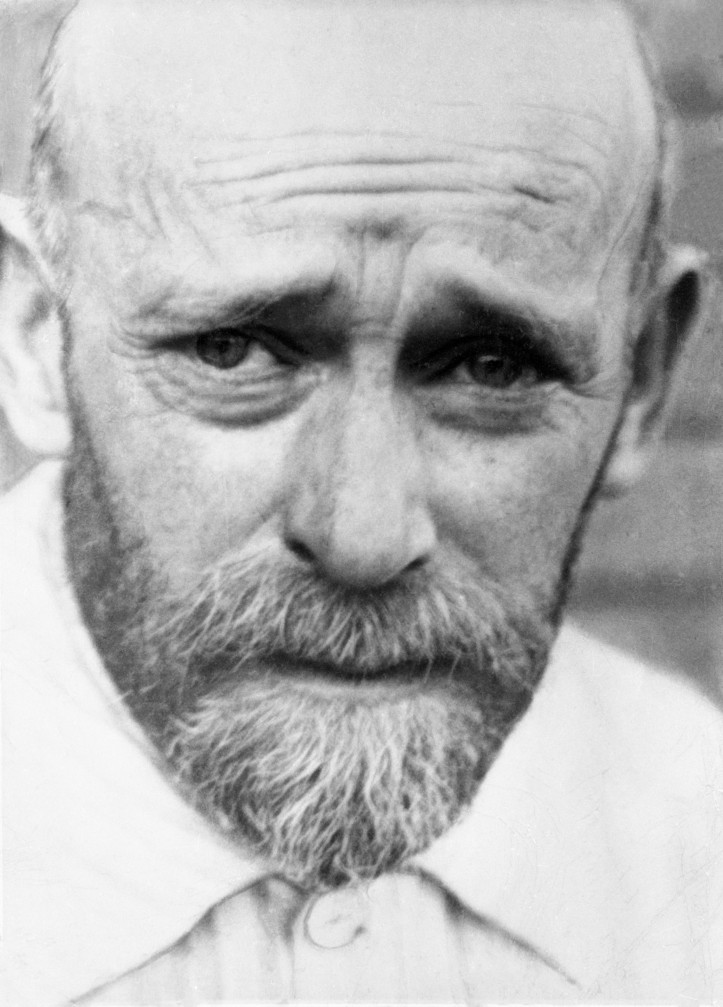
Korczak’s reluctant approach to orthodoxy and simultaneous openness to spiritual experiences is probably what encouraged him to seek his own God, one who could respond to his spiritual needs and would allow him to remain thoroughly human: sensitive and open to otherness. His sensitivity to the harm inflicted on others, and his attempts to understand the desires of the other, eventually led him toward the religions of South and East Asia. He became interested in theosophy, which teaches how to access divine wisdom, come closer to the absolute, and make contact with the supernatural world through mystical practices. This worldview combines elements of Buddhist and Hindu beliefs, and accepts that in the process of reincarnation, it is possible to achieve unity with the divine.
In 1921, after a break of several years, the Theosophical Society began operating again in Warsaw thanks to the initiative of Wanda Dynowska, who later became a promoter of Indian culture in Poland. This organization sought to run courses on religion, philosophy, and science. All its activities were guided by a belief in an interpersonal brotherhood, regardless of nationality, sex, or religion. These foundations connected people of various origins: both believers and atheists, those with left-wing and right-wing views, and representatives of different classes and social strata.
This concept was very attractive to Korczak because he believed that we are all “people of one earth” and that everyone, regardless of age, position, or life experience, deserves respect. The pedagogical views of the theosophists may also have been close to his heart. They operated on the conviction that only the proper upbringing of children can facilitate the restructuring of social relations and, ultimately, the spiritual transformation of the world.
In the early 20th century in West Bengal, India, Rabindranath Tagore established an unusual school in a neighborhood called Shantiniketan (which means “abode of peace”). Alongside their chosen courses, students worked intensively on their own spiritual, social, and physical development. In the orphanage run by Korczak and Stefania Wilczyńska, great emphasis was also placed on self-improvement. Thanks to an extensive roster system and various community activities, the children learned to function among others in the spirit of justice, brotherhood, and mutual respect, and were given the chance to propose and introduce changes to their living conditions––for example, by participating in the orphanage’s parliament, or the “beneficial activities” club. According to Korczak, “one must not leave the world as it is,” an idea that correlates with both theosophy and Jewish mysticism, as well as the related concept of tikkun olam in Judaism, which refers to the imperative to repair the world.
“Holy India!”
Before the war, Korczak also had the opportunity to develop his interest in Asia during his trips to the village of Mężenin on the Bug River, where he regularly spent part of his holidays from 1935. This was the meeting place for the activists of the Theosophical Society, who also set up a lodge of the International Order of Freemasonry Le Droit Humain. Korczak became a member of this organization and followed a path of self-development via its contemplative-meditation daughter lodge, Gwiazda Morza (“Sea Star”).
Perhaps it was as a result of this activity that he learned about blessing the world, which he mentioned in his ghetto diary on August 1, 1942. Although his military obligations many years earlier had led him not to India but to China, in the final months of his life in the ghetto––as an analogy for the situation in which he found himself––he wrote of the tragic nature of that trip: “Not that I went to China. China came to me. Chinese famine, Chinese orphan misery, Chinese mass child mortality.” However, wanting to wish this cruel world well, he wrote later: “It’s been a long time since I have blessed the world. I tried to tonight. It didn’t work. I don’t even know what went wrong. The purifying respirations worked more or less. But the fingers remained feeble, no energy flowing through them. Do I believe in the effects? I do believe, but not in mine. India! Holy India!”
This happened just after The Post Office was performed at the orphanage for the second time, directed by Korczak’s aforementioned young associate, Estera Winogron. The message of the play, about a calm and cheerful wait for an inevitable death, was by that point very clear for both the young actors and the audience present at the performance. Rumors about the liquidation of the local Jewish ghetto, as well as information reaching Warsaw about the destruction of smaller ghettos, forced those who were aware of it to consider what to do when faced with forced departure to “work” in the East.
The main protagonist of The Post Office––the young Amal, who is bedridden by a deadly disease and awaiting a letter from the king––was essentially a metaphor for the situation of the Warsaw ghetto’s inhabitants. Without understanding his situation in full, Amal looked to the future with hope, dreaming of better times. The Jews of Warsaw might have felt the same. Not entirely aware of what awaited them, just like the Indian boy, they tried to hold on to the thought that their lives would be spared, or at least that crossing to the other side would not be too painful. This was possible thanks to the “Holy India” for which Korczak longed in the last years of his life, and to which the children, staff, and guests of the orphanage at 16 Sienna Street were able to travel in their imaginations, at least for a short time.
Korczak was convinced that children should be treated with respect, seriously, and without unnecessary sentimentality. He wrote in his diary: “Don’t force surprises on the children if they don’t want them. They should be told beforehand, be warned if there’s to be any shooting, and if so then when and what kind. After all, a long, dangerous journey requires preparation.” So it seems that the spiritual quest of his youth, including close encounters with the religions of South and East Asia, as well as the much later decision to stage the Indian play The Post Office in the midst of the ghetto hell, helped Korczak himself, as well as his colleagues and the children in his care, to feel a little less afraid on their final journey.


